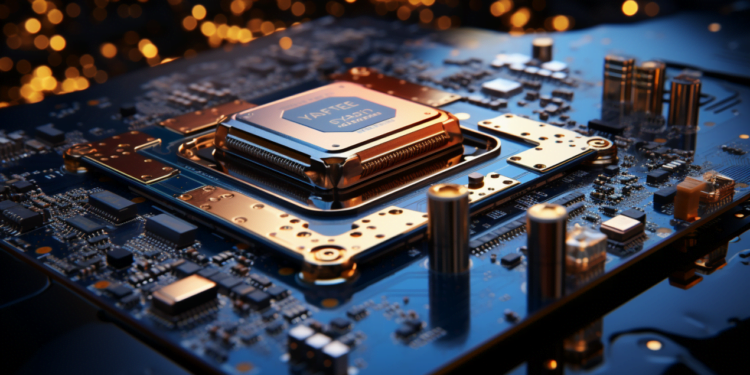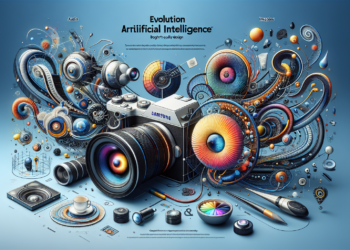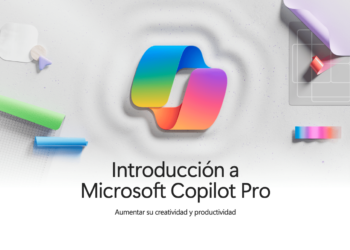Intel launched its new Meteor Lake CPUs for PCs on December 14, 2023, marking a significant milestone in the integration of artificial intelligence (AI) into personal computing. These chips not only enhance performance and energy efficiency compared to previous generations, but they also feature an integrated AI accelerator, expanding the capabilities of software applications that support it.
Technical Advances and Architecture
The Meteor Lake chips employ the Intel 4 manufacturing process, being the first from Intel to utilize extreme ultraviolet lithography. Their tile-based design allows different parts of the chip to be manufactured using various technologies. This architecture not only enhances efficiency in AI tasks but also brings significant improvements in power consumption and graphic capabilities, moving towards an Intel Arc GPU, which offers double the performance and efficiency than the graphics of Intel’s previous generation.
Impact on AI Workload
Meteor Lake excels in handling AI inference workloads, offering up to 1.7 times the performance of previous generations in generative AI and being 2.5 times more energy efficient in the UL Procyon AI inference benchmark. Furthermore, when used for tasks such as those involved in a Zoom call, these chips can reduce energy use by 38%. These improvements pave the way for more sophisticated and efficient applications on personal devices.
Importance of Software Support
The success of the Meteor Lake chips depends greatly on software support. Intel plans to increase the number of AI software partners from 39 to 100 by 2024. AI acceleration doesn’t just rely on the dedicated accelerator but also on the integrated GPU, capable of handling AI workloads. Intel has demonstrated significant performance improvements in creative applications, favorably comparing with AMD Ryzen CPUs in various scenarios.
Energy Efficiency and Future Applications
Meteor Lake offers notable improvements in energy efficiency, which translates into longer battery life in portable devices. These chips are more efficient in a variety of scenarios compared to their competitors, including web browsing and 4K video playback. Energy efficiency is key for adoption in mobile devices and for applications that demand high performance over extended periods.
Future Outlook
Meteor Lake is just the beginning of Intel’s push to integrate AI into the PC. With the upcoming release of Arrow Lake, scheduled for 2024, Intel will seek to advance even further in performance and efficiency with its Intel 20A manufacturing process. The development of the software ecosystem around Intel’s AI hardware will be crucial to unlock the full potential of these technologies.
Conclusions
Intel’s Meteor Lake chips represent a substantial advancement in personal computing, particularly regarding the integration of AI. As software support grows and technology continues to evolve, we are likely to see a transformation in how personal devices are used and perceived, opening up new possibilities for everyday AI applications.






















